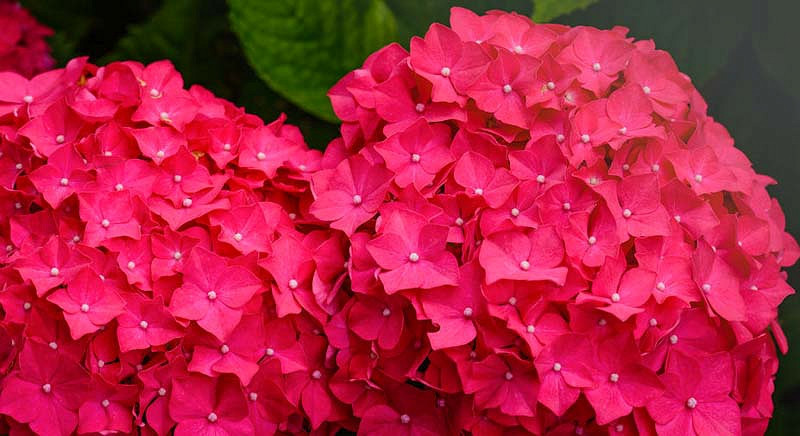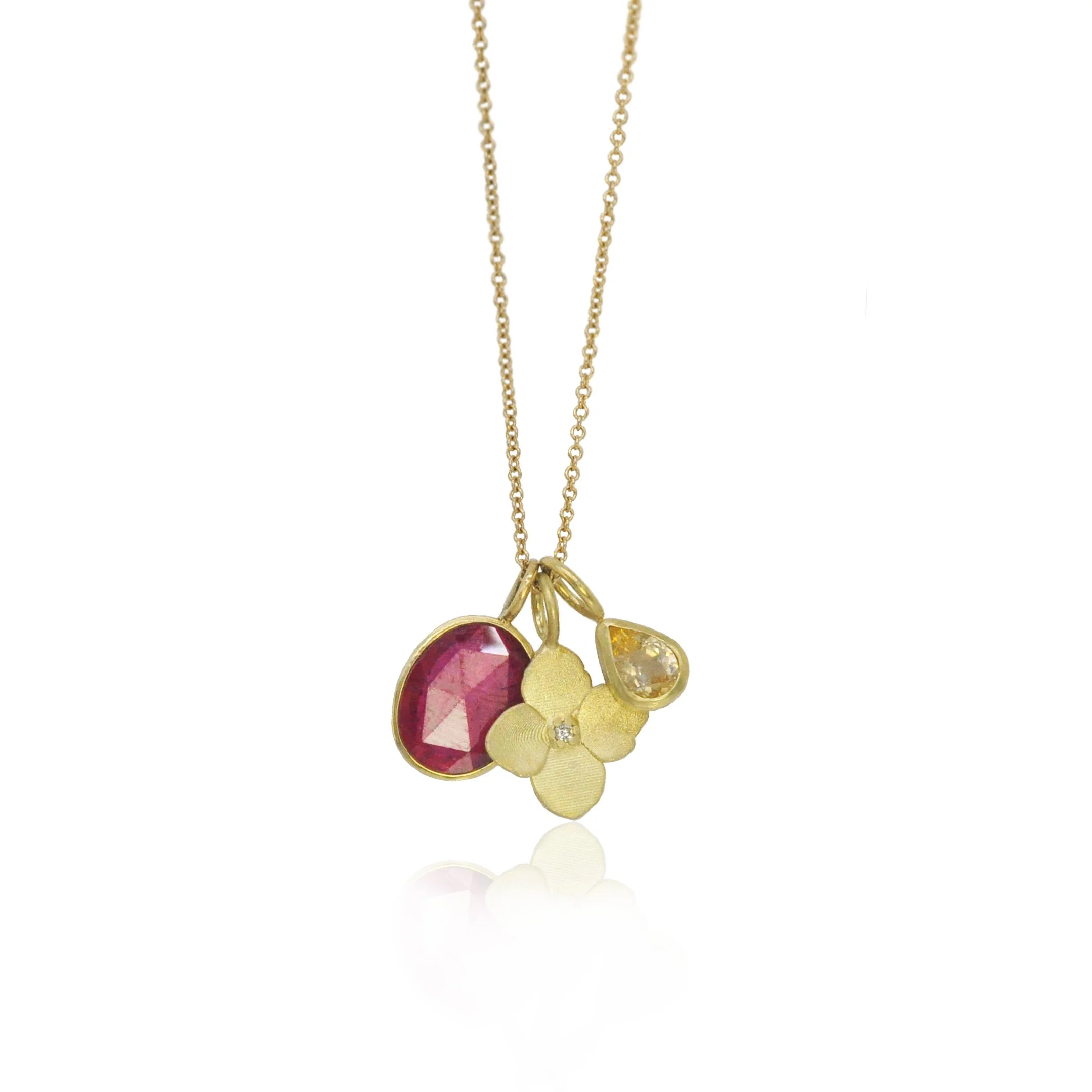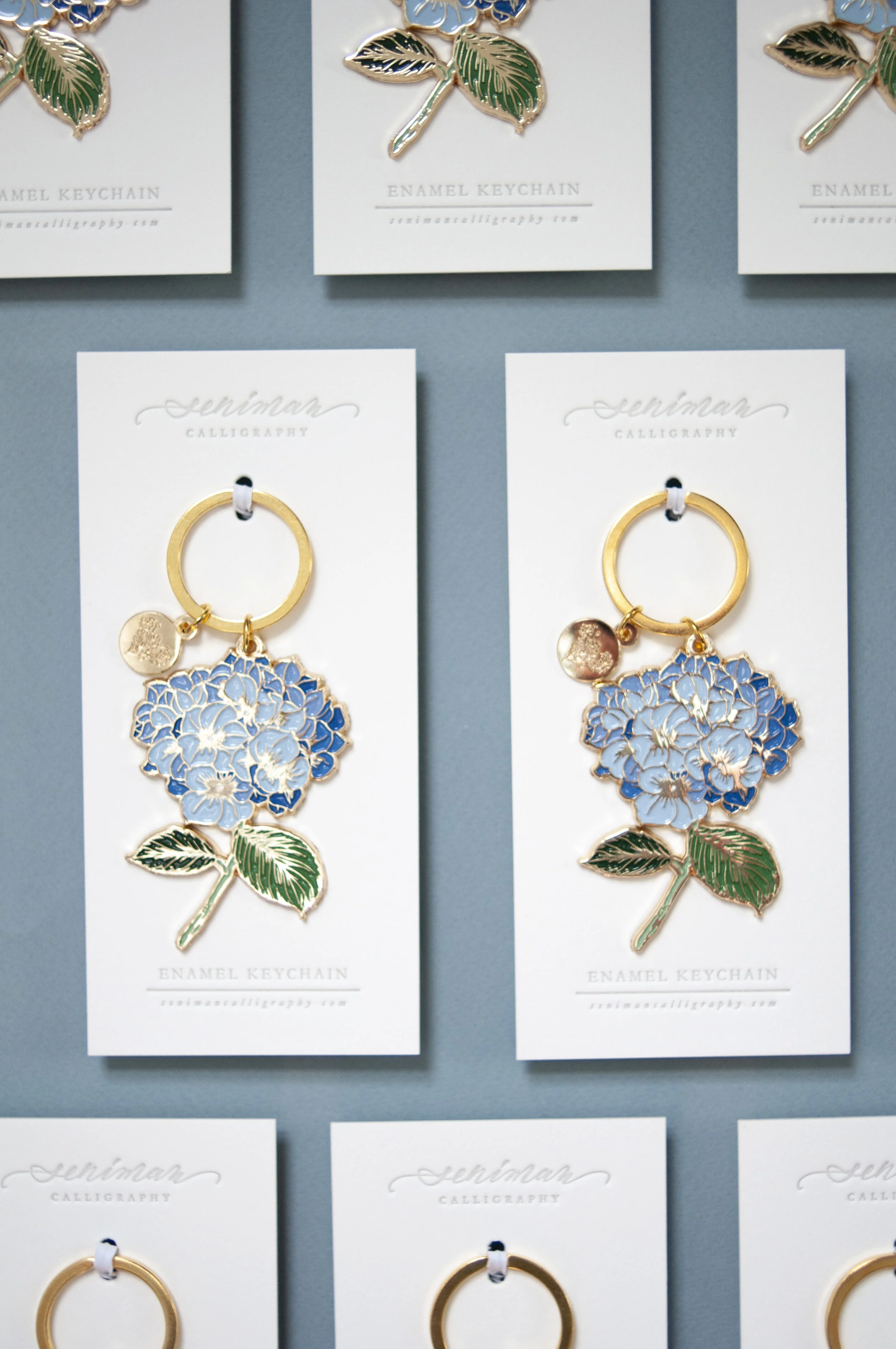Hydrangea Charm: How To Grow These Gorgeous Flowers
Hydrangea Charm: How to Grow These Gorgeous Flowers
Hydrangeas are some of the most popular flowering shrubs in the world, and for good reason. They come in a wide variety of colors, sizes, and shapes, and they can be grown in a variety of climates. If you're thinking about adding hydrangeas to your garden, this blog post will give you everything you need to know to get started.
In this post, we'll cover:
- Choosing the right hydrangea for your garden
- Planting and caring for hydrangeas
- How to change the color of your hydrangeas
- Common hydrangea problems and how to solve them
Let's get started!
Choosing the Right Hydrangea
There are many different types of hydrangeas, so it's important to choose one that is right for your garden. Here are a few things to consider when making your selection:
- Size: Hydrangeas can range in size from small shrubs to large trees. Choose a size that will fit in the space you have available.
- Color: Hydrangeas come in a wide variety of colors, including blue, pink, white, and purple. Choose a color that will complement the other plants in your garden.
- Sunlight: Hydrangeas need partial shade to full shade. Choose a location that will get at least 4-6 hours of sunlight per day.
- Soil: Hydrangeas prefer rich, moist, well-drained soil. Amend the soil with compost or manure before planting.
Planting and Caring for Hydrangeas
Once you've chosen the right hydrangea, it's time to plant it. Here are the basic steps:
- Choose a location that gets partial shade to full shade.
- Amend the soil with compost or manure.
- Dig a hole that is twice as wide and as deep as the root ball of the hydrangea.
- Place the hydrangea in the hole and backfill with soil.
- Water the hydrangea well.
After planting, you'll need to care for your hydrangeas by watering them regularly, fertilizing them in the spring, and deadheading the flowers. You may also need to prune your hydrangeas, but this will depend on the type of hydrangea you have.
Changing the Color of Your Hydrangeas
The color of hydrangea flowers is determined by the pH of the soil. In acidic soil, hydrangeas will bloom blue. In alkaline soil, they will bloom pink. If you want to change the color of your hydrangeas, you can adjust the pH of the soil.
To make the soil more acidic, you can add aluminum sulfate. To make the soil more alkaline, you can add lime. You can also buy commercial products that will change the pH of the soil.
Common Hydrangea Problems and How to Solve Them
Hydrangeas are generally pretty hardy plants, but they can be susceptible to a few problems. Here are a few of the most common problems and how to solve them:
- Leaf spot: Leaf spot is a fungal disease that can cause brown or black spots on the leaves. To treat leaf spot, you can use a fungicide.
- Pests: Hydrangeas can be susceptible to a few pests, such as aphids, scale, and spider mites. To control pests, you can use insecticidal soap or neem oil.
- Winter damage: Hydrangeas that are planted in cold climates may suffer winter damage. To protect your hydrangeas from winter damage, you can mulch them around the base of the plant.
Conclusion
Hydrangeas are beautiful and easy-to-care-for plants that can add a touch of charm to any garden. With a little bit of care, you can enjoy hydrangeas for many years to come.
The hydrangea charm is a beautiful and versatile plant that can add a touch of elegance to any garden. With its large, showy blooms and deep green foliage, it's sure to turn heads. But what many people don't know is that the hydrangea charm is also a very easy plant to care for.
If you're thinking about adding a hydrangea charm to your garden, I encourage you to visit . This website has a wealth of information about the plant, including its care requirements, planting instructions, and even a gallery of stunning photos.
In addition to providing comprehensive information about the hydrangea charm, also offers a variety of other resources for gardeners. You can find tips on how to design your garden, information about other popular plants, and even a forum where you can connect with other gardening enthusiasts.
So whether you're a beginner or a seasoned pro, is the perfect resource for everything you need to know about hydrangea charms and gardening in general.
FAQ of hydrangea charm
Q: What is hydrangea charm?
A: Hydrangea charm is a type of mophead hydrangea that is known for its large, showy flowers that bloom in shades of pink and blue. It is a relatively easy-care plant that can be grown in a variety of climates.
Q: What color are hydrangea charm flowers?
A: The color of hydrangea charm flowers depends on the pH of the soil. In alkaline soils, the flowers will be pink, while in acidic soils, they will be blue. You can change the color of the flowers by adding sulfur to alkaline soils or aluminum sulfate to acidic soils.
Q: How do I care for hydrangea charm?
A: Hydrangea charm is a relatively easy-care plant, but it does require some basic care. It needs full sun or partial shade, and well-drained soil. It should be watered regularly, especially during the hot summer months. In the spring, you can fertilize it with a balanced fertilizer.
Q: How long do hydrangea charm flowers last?
A: Hydrangea charm flowers typically last for about 2-3 weeks. However, you can extend their lifespan by cutting them and bringing them indoors.
Q: How do I propagate hydrangea charm?
A: Hydrangea charm can be propagated by taking cuttings in the spring or summer. To do this, simply cut a 4-6 inch stem from the plant and remove the bottom leaves. Plant the cutting in a pot of well-draining soil and keep the soil moist. The cutting should root in about 4-6 weeks.
Image of hydrangea charm
5 different images of "hydrangea charm" from Pinterest:
- Hydrangea Flower Charm: This charm features a single hydrangea flower in a pastel pink color. It is made of resin and is approximately 1 inch in size.
- Hydrangea Cluster Charm: This charm features a cluster of hydrangea flowers in a variety of colors, including pink, blue, and purple. It is made of resin and is approximately 1.5 inches in size.

- Hydrangea Leaf Charm: This charm features a single hydrangea leaf in a green color. It is made of resin and is approximately 0.5 inches in size.

- Hydrangea Keychain: This keychain features a hydrangea flower charm attached to a metal keychain ring. It is approximately 3 inches in size.
- Hydrangea Bracelet: This bracelet features a hydrangea flower charm and a few other charms, all made of resin. It is approximately 7 inches in size.



Post a Comment for "Hydrangea Charm: How To Grow These Gorgeous Flowers"